ARABIC LINGUISTIC DISCREPANCIES IN TRANSLATION: THE ROLE OF AI PLATFORMS
Main Article Content
Abstract
There can be no doubt that Arabic, like many other languages spoken in the world, is a language of regional variations with each having its own charm and significance and each displaying a kaleidoscope of linguistic diversity. This paper attempts to highlight the challenges this diversity may present to translators due to the nuanced differences inherent in the Arabic variations, be they syntactic, lexical, phonological or cultural. It also emphasizes the role of AI technology in handling those differences by focusing on some AI models such as Natural language processing (NLP) and Neural Machine Translation ( NMT) that help attain more accurate and precise translations. Ultimately, through the analysis of some Arabic variations and the presentation of some AI-driven translation platforms, this study aims to highlight the effectiveness of AI use in improving the quality and reliability of translation from and to Arabic and across various linguistic contexts, with the aim of contributing to the ongoing discourse on the overlap between AI and Arabic translation.
Article Details

This work is licensed under a Creative Commons Attribution 4.0 International License.
